New seafood restaurant in Guangzhou's 'backyard garden' Nansha, is raising local produce and ingredients to unprecedented heights, Li Yingxue reports.
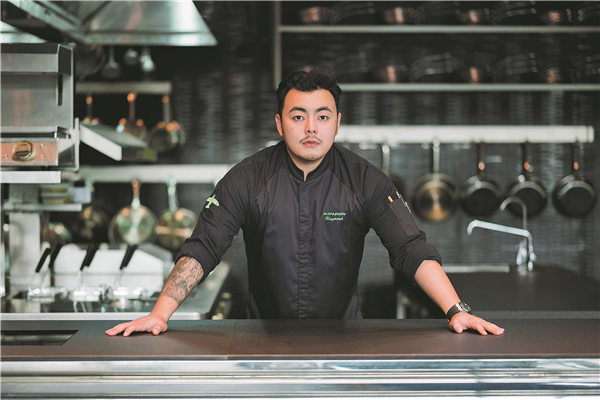
Chef Liu Boda is making his daily pilgrimage to Shijiuchong, a bustling seafood market tucked away in the southernmost tip of Guangzhou's Nansha district in Guangdong province.
Here, just miles from the South China Sea, he selects from what's freshest — an array of ocean treasures that he will transform into art at the newly opened restaurant he heads, Suparnin.
Shijiuchong is more than a market — it's a convergence of nature and commerce located on a part of a bird migration reserve that is also a hub for seafood. Local residents buy fresh shrimp, oysters and fish to steam or blanch nearby to preserve their flavors, but 29-year-old Liu, who trained in the United States, sees untapped potential in these ingredients.
At Suparnin, he's re-imagined classic dishes with bold pairings. His signature, The Secret of Shijiuchong, combines sea urchin from Nansha and oysters from Taiwan. They're elevated with a delicate cashew foam, then dressed in a rich pumpkin, pumpkin seed, and butter sauce, and finished with a touch of smoked red chili powder.
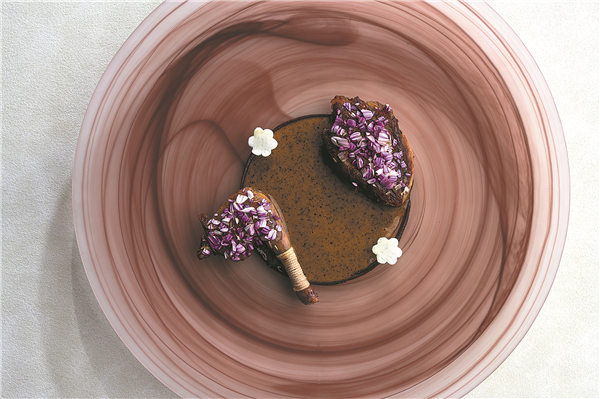
The result is a surprising harmony: the natural sweetness of the seafood, enhanced by the earthiness of the pumpkin, and the richness of the cashew foam, giving a taste of the sea that is both familiar and surprising.
The dish is more than just a highlight of Liu's first menu for Suparnin; it's also a reflection of months spent exploring the food culture of Lingnan, which describes the region mainly spreading across provinces of Guangdong and Hainan, and the Guangxi Zhuang autonomous region.
He hopes that his menu will do more than impress — it's his invitation to residents and visitors to see Lingnan produce in a new light.
In a district dominated by casual, farmhouse-style eateries, chef Liu's vision for Suparnin is different, and is something that could, in time, become a signature of Nansha.
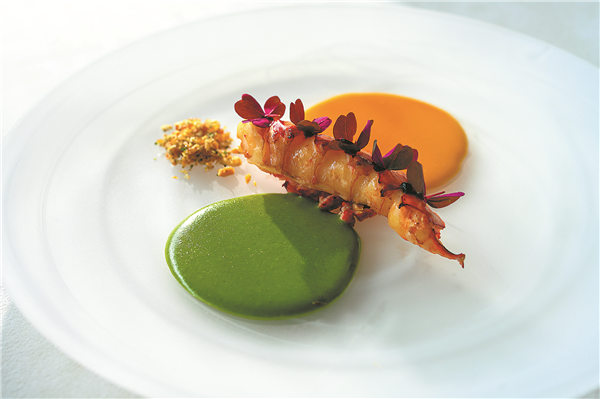
"We want to tell the world that Nansha is home to great seafood and excellent dining," he says. "We have something unique to offer."
The chef began his culinary journey in the US in 2016, training in Michelin-starred kitchens, including Alexander's Steakhouse in Cupertino, California. He returned to China in 2020, and this summer, became head chef at Suparnin, where he oversees a team of 14 young chefs.
Settling in Guangzhou, Liu immersed himself in Lingnan cuisine, learning from Michelin-starred Cantonese chefs in Guangzhou, Hong Kong and Macao.
"When it comes to South China Sea ingredients, most people only know yellow croaker, but there are actually many other high-quality seafood options," he says.
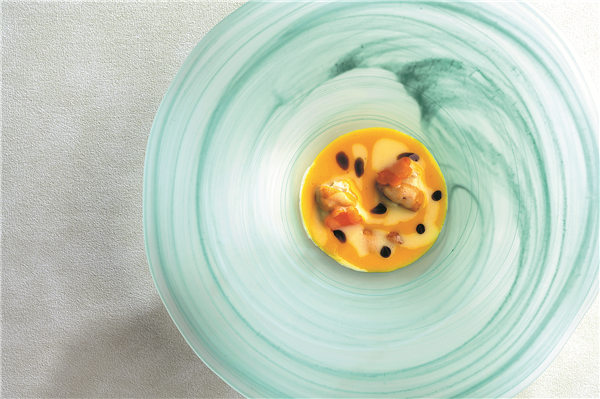
The local preference is for simplicity, but Liu's approach is transformative.
"I try to give these ingredients a new identity — flavors people haven't imagined," he says.
He likes to think of premium ingredients as beautiful models, for which it is the chef's job to create the perfect outfit.
His signature lies in his sauces, which are made using techniques such as reduction and extraction to amplify flavor. The rich, complex results are central to his vision that blends local traditions with bold, unexpected twists to create dishes that defy expectations.
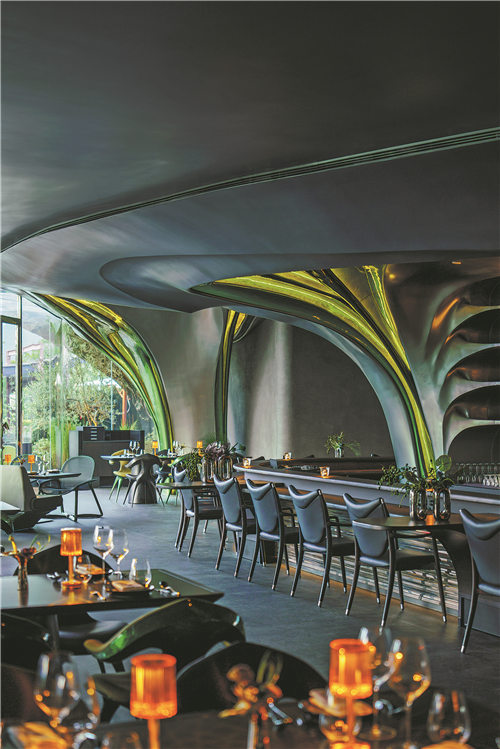
This month, he debuted a set menu that highlights Nansha ingredients. Sunflower chicken, yellowfin sea bream, and local small prawns are reinterpreted with modern flair, each dish defined by those signature sauces. Double Bay Flavor pairs tender Nansha lobster with two sauces: a rich Chinese curry, familiar in the Greater Bay Area, and a kale juice sauce inspired by his time in San Francisco.
The curry offers spicy, sweet warmth, while the kale adds a herbal freshness, creating a dynamic, layered flavor profile. Liu also garnishes the lobster with crispy shallots and red clover for an aromatic finish.
He adjusts his seasoning to suit local tastes. For instance, when preparing a sauce for yellowfin sea bream, he uses a white sauce made with Hakka wine, instead of the more traditional French white wine.
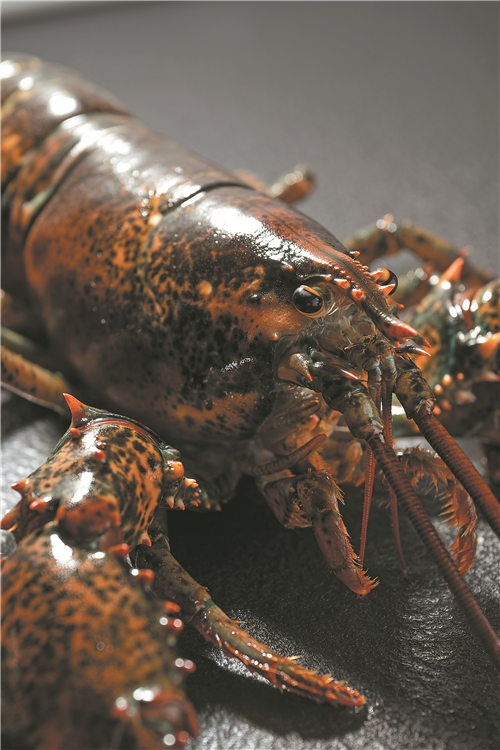
Another standout, From Coastal to Basin, is an inventive take on sunflower chicken, a signature Lingnan dish.
Raised on a diet of sunflower seeds and leaves, the chicken is prized for its golden skin, tender meat, and distinctive aroma.
Liu makes it three ways: Cantonese-style boiled sliced chicken with sand ginger, Shanghai-style chicken with scallion oil, and Sichuan-style chicken, slow-cooked with hand-fermented chili for a subtle heat.
Food critic Yan Tao says that while many restaurants serve standard sliced boiled sunflower chicken, Liu's rendition pushes boundaries. "He captures the precision of Cantonese cooking, but also challenges the palate with new, complex layers," Yan says.
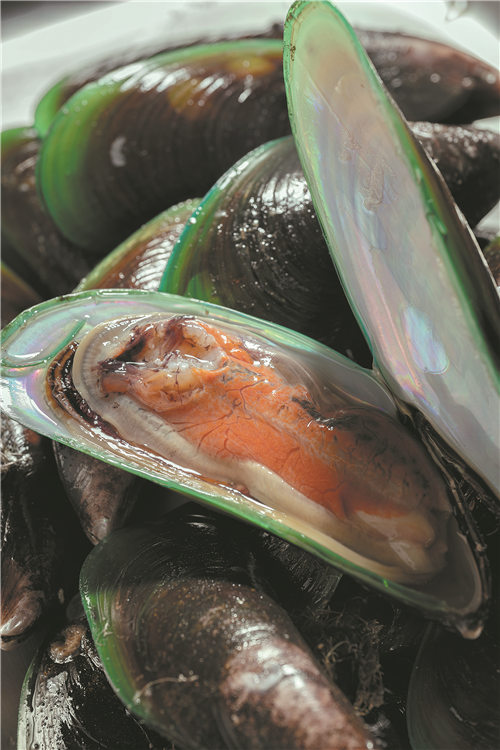
"The dishes are visually cohesive, elegant without being ostentatious. A meal here flows like poetry, with each course harmonizing perfectly with cocktail pairings. It's a dining experience that sets a new standard for Guangzhou's culinary scene."
Liu's dedication to sustainability is reflected in his use of everything, even the scraps, in his dishes. Sauces for his main courses are made from seafood by-products, and fermentation techniques breathe new life into often-overlooked ingredients.
"I'm still a newcomer to South China Sea seafood," he says. "It took me four months to choose the right ingredients for this menu." The current menu will last through spring, with plans for seasonal updates, including dishes featuring specialties like Zhanjiang pig and Meizhou black pork once summer arrives and fishing season ends.
Xiao Yawen, the restaurant's 34-year-old founder, has lived in Nansha for five years and wants to highlight its exceptional seafood.
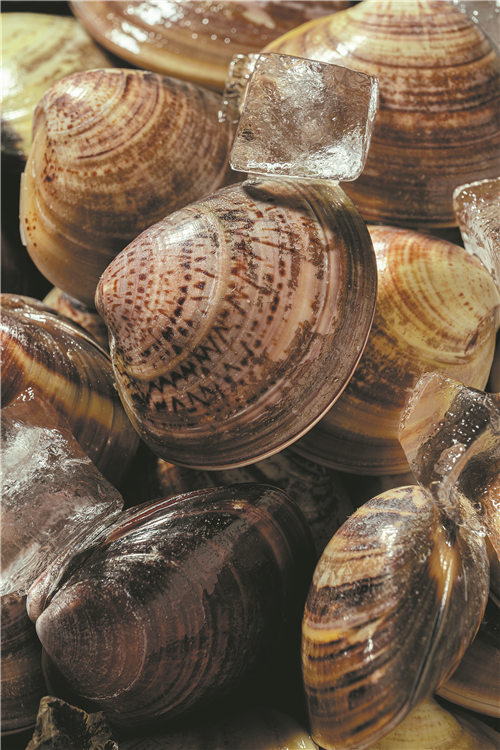
"Local ingredients like yellowfin sea bream and small prawns are unique but not widely known," she says. "Through chef Liu's innovative approach, I want to bring them to the forefront, and show people their potential."
Xiao says that the restaurant — work on which began last May — turns into a bar after 9:30 pm. The cocktail list, crafted by the team at Hope and Sesame, a bar based in Guangzhou, also highlights locally sourced ingredients, resulting in a truly regional experience.
Once seen as Guangzhou's quiet "backyard garden", Nansha is emerging as a vibrant Greater Bay Area hub, drawing attention from both tourists and businesses. "The energy here is growing. More companies are relocating to Nansha, and there's a real sense of vitality," Xiao says.
During the soft opening, a couple from Hong Kong told Xiao that Nansha needed a restaurant like hers.
For Xiao though, the ultimate reward is seeing diners enjoy quality regional ingredients and go home with a memorable experience.
"Creating a place where people can relax and taste something truly special is incredibly fulfilling," she says.
Contact the writer at liyingxue@chinadaily.com.cn


